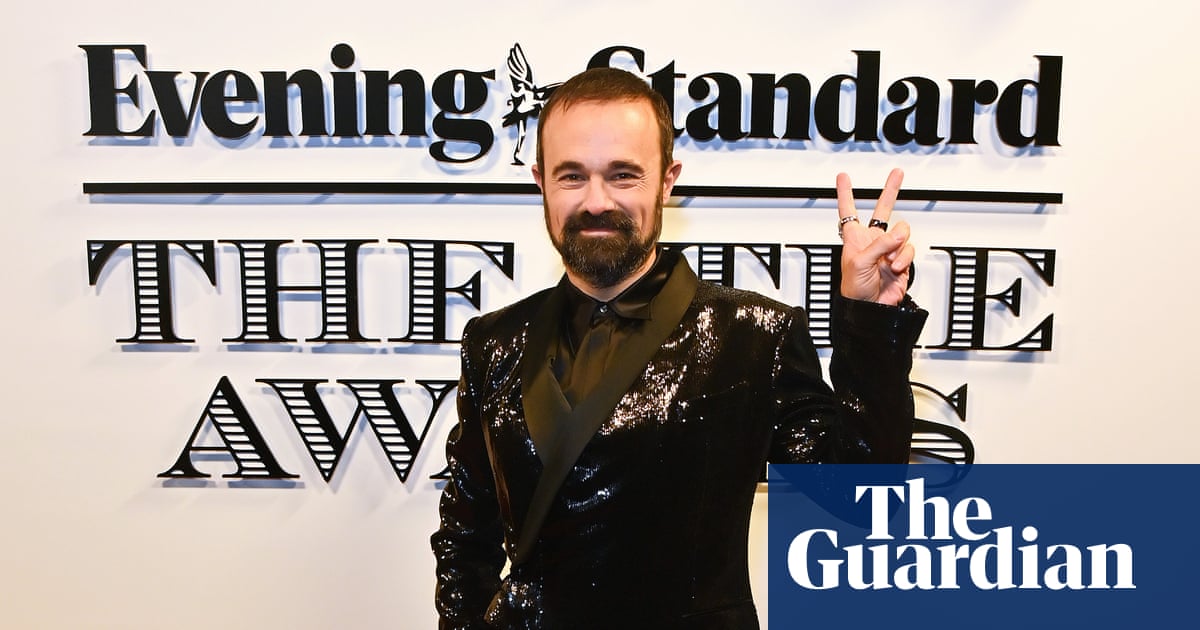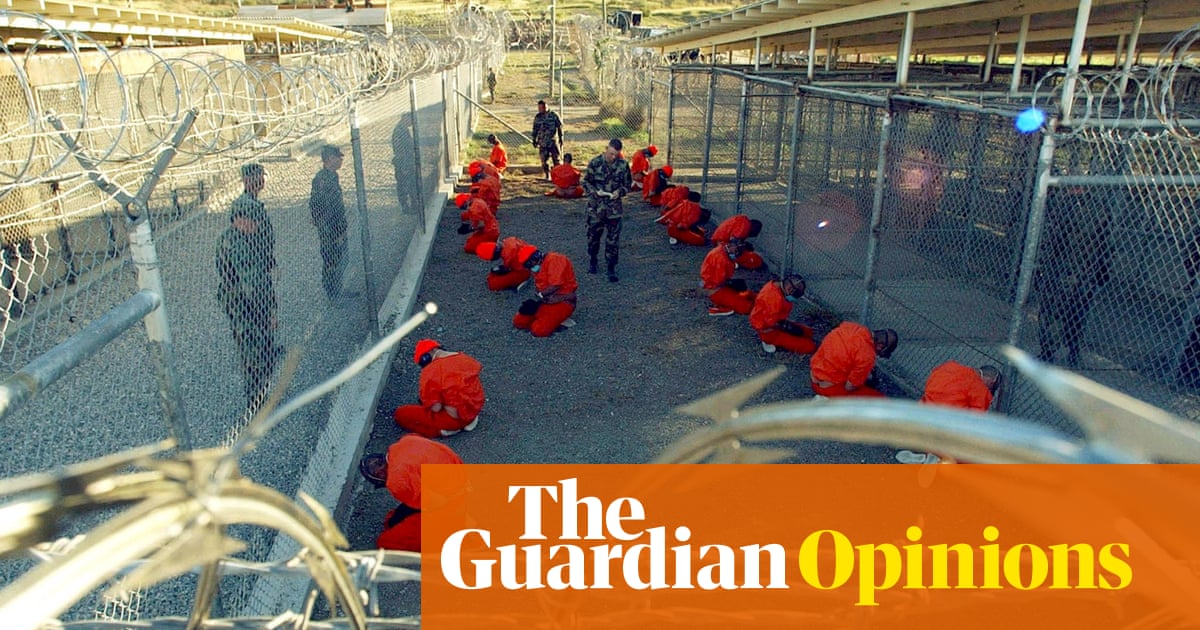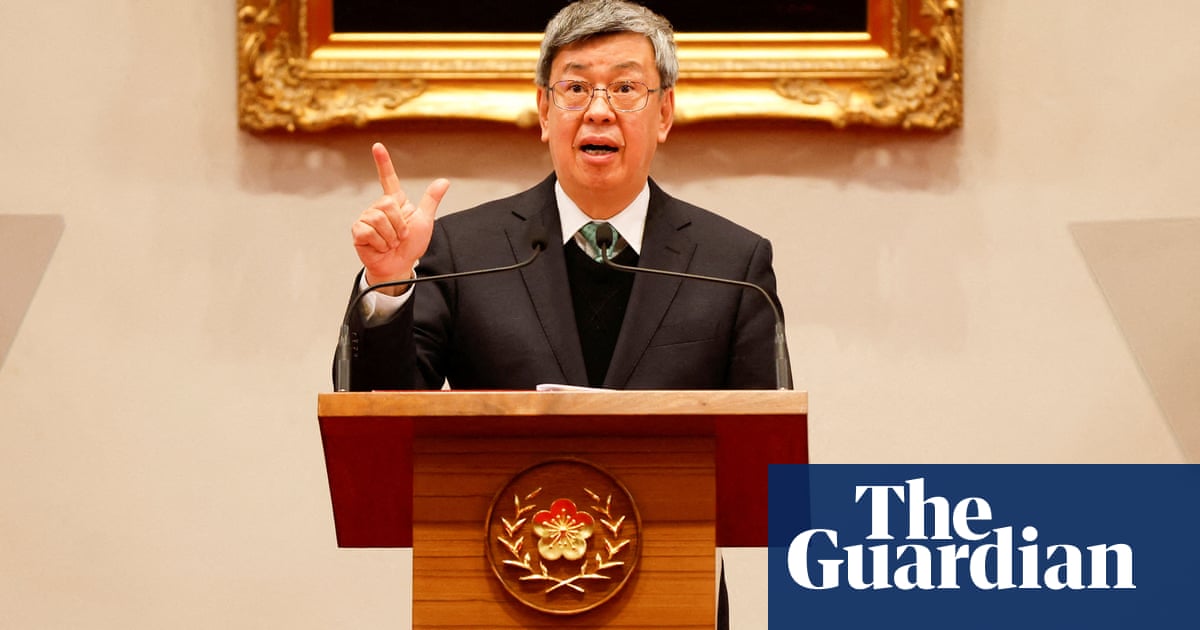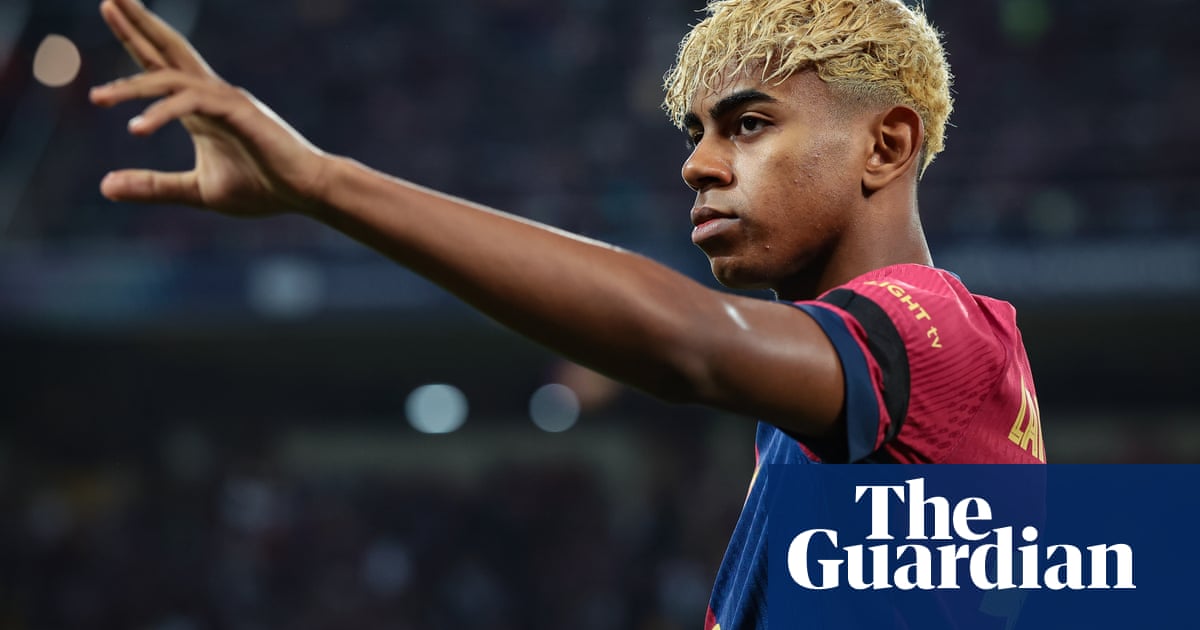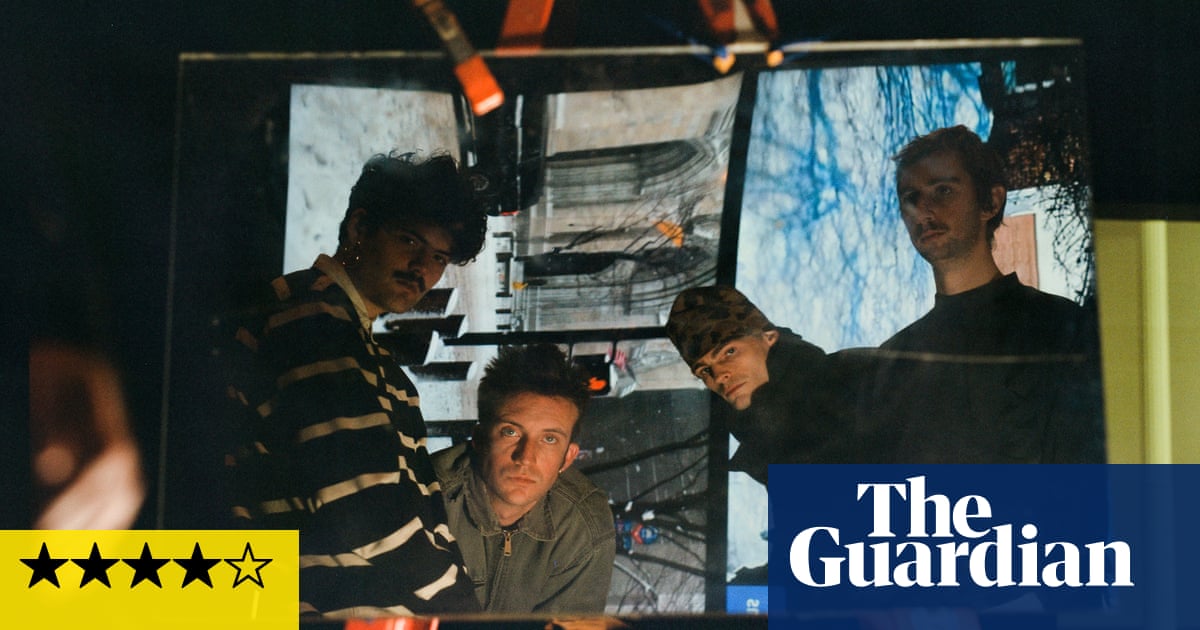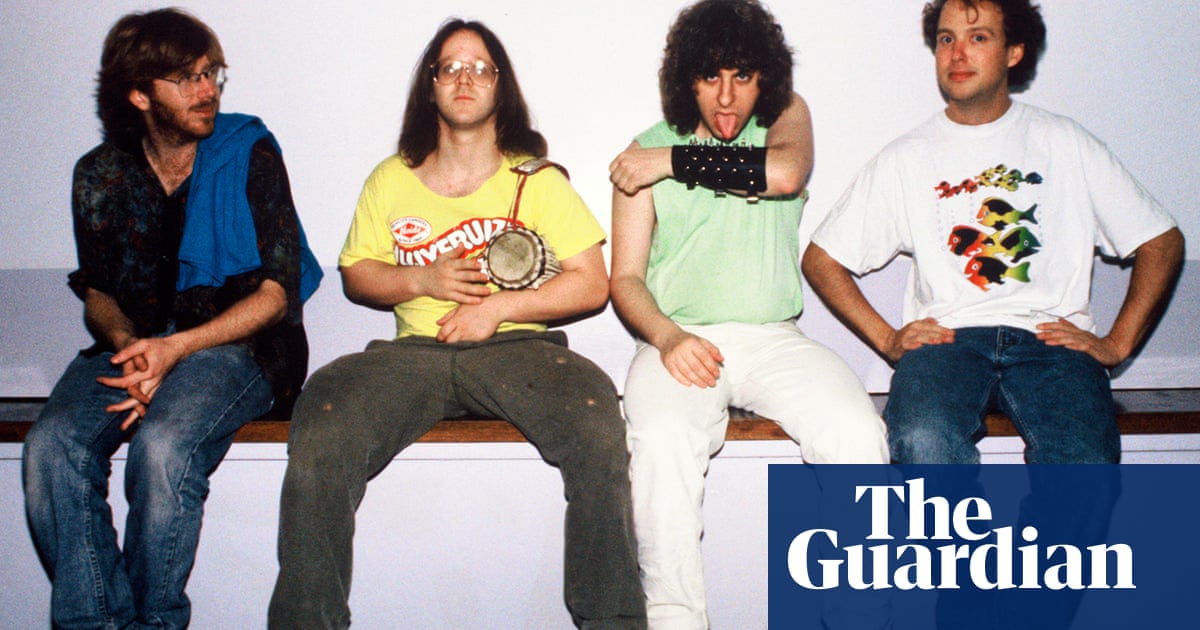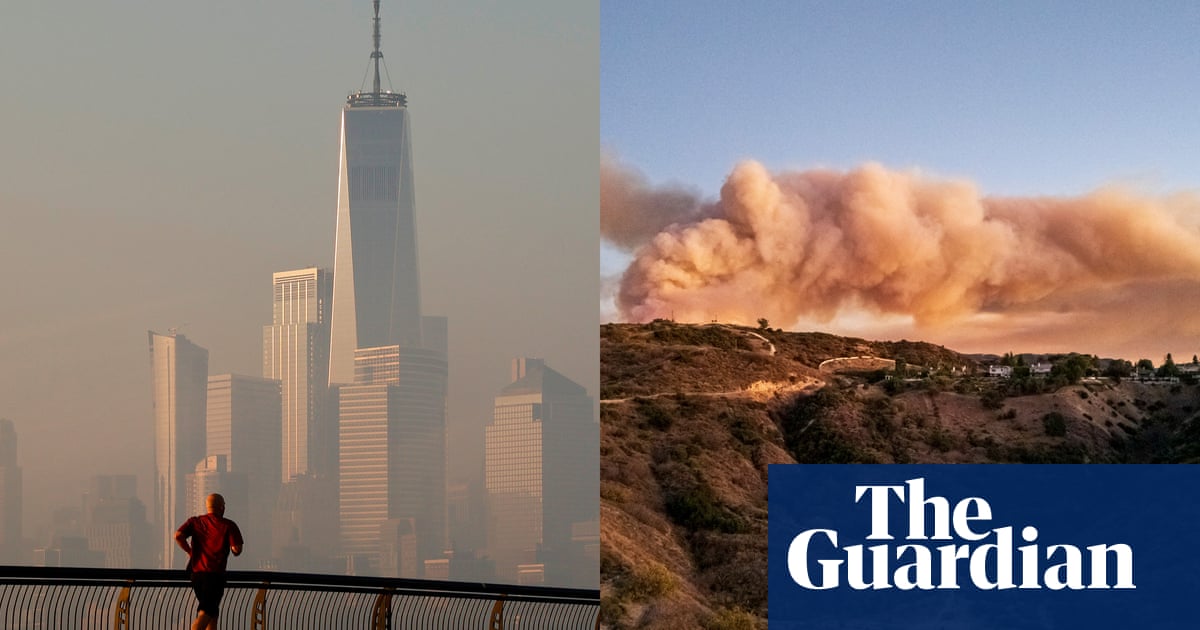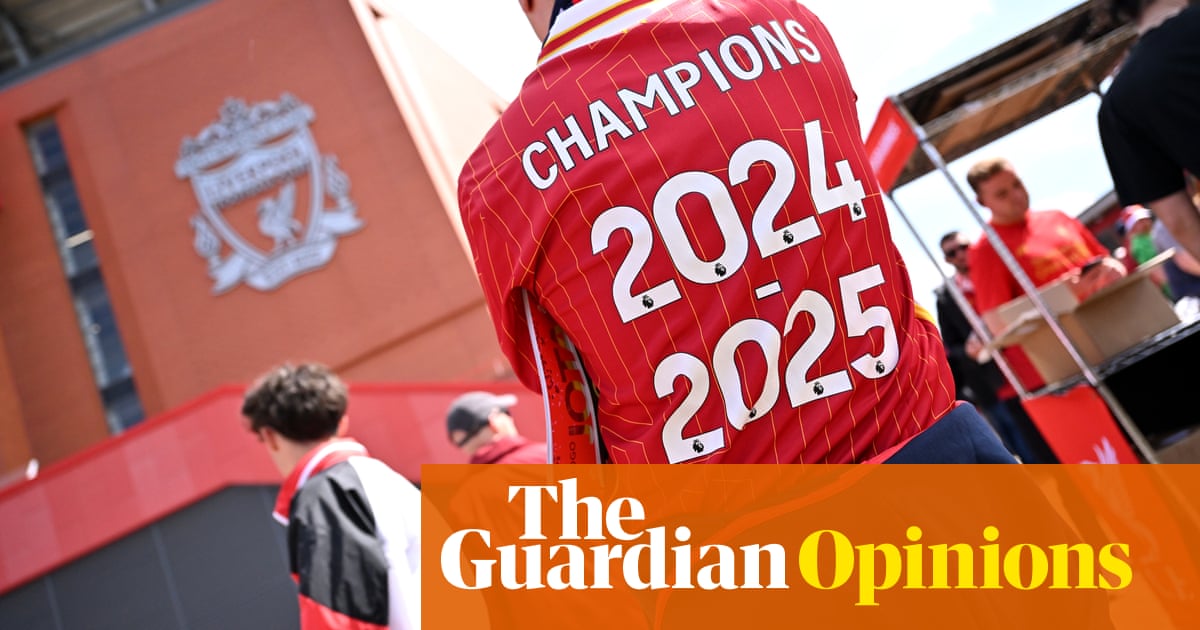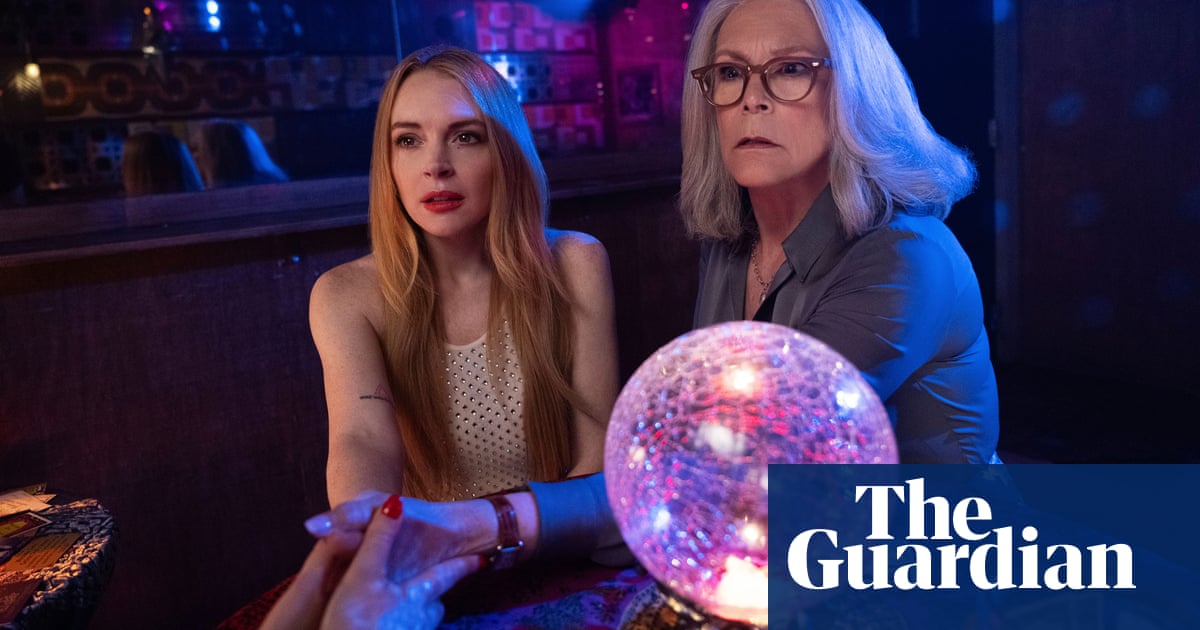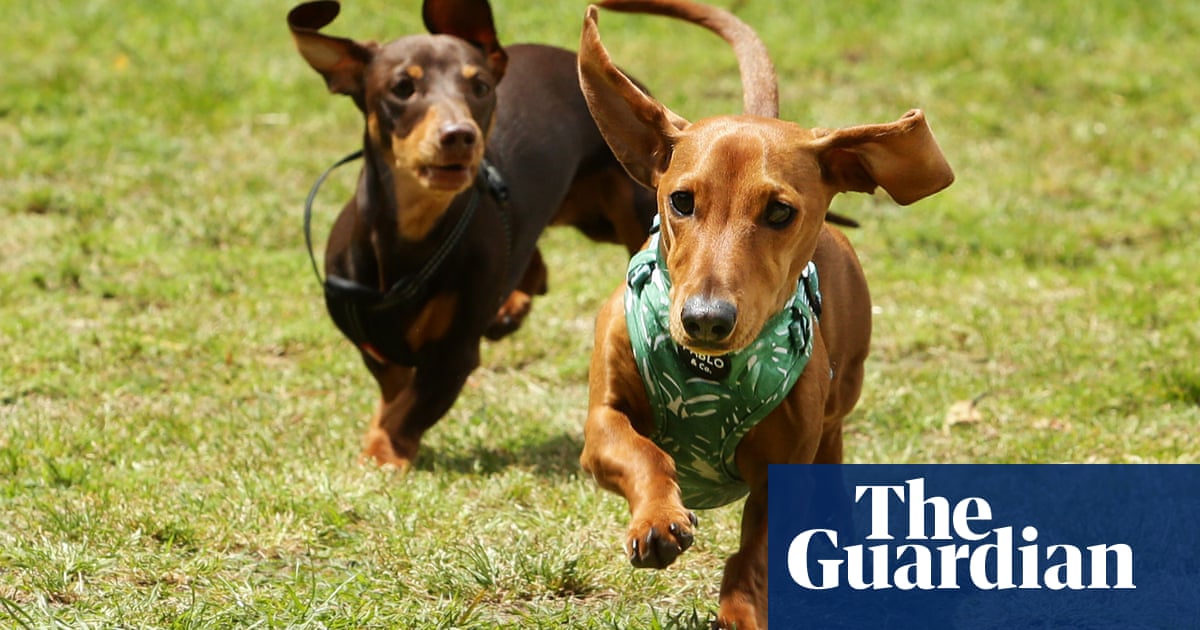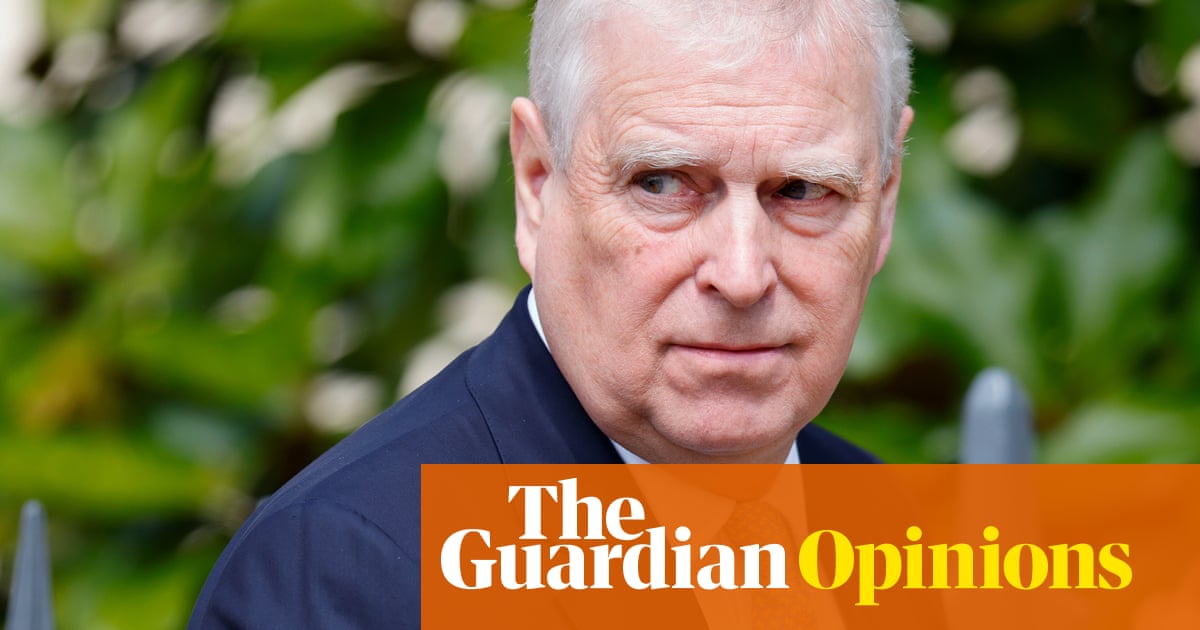As with all genres of art, portraiture has its own set of subgenres. Aside from the standard configuration of artist and model, there is the double portrait, the group portrait, the self-portrait and so on. But one other strand habitually draws freely on all the others to create its own unique sub-subgenre: when artists are the subject of another artist’s work.
Artists painting other artists has a long and distinguished tradition: see Raphael including Leonardo and Michelangelo – and a self-portrait – in his Renaissance crowd scene masterpiece The School of Athens. This unique dynamic has remained a source of fascination for both artists and viewers ever since.
“All portraits can say something about personality and the way people represent themselves, the way they are represented and even something wider about the human condition,” says Melanie Vandenbrouck, chief curator of the Pallant House Gallery in Chichester. “But what is particularly intriguing about portraits of artists by other artists is that you have two peers looking at each other with affection, love, respect, rivalry and so much more that is not usually present in a standard commission relationship. It inevitably also adds to a heightened sense of collaboration.”

Vandenbrouck has curated Seeing Each Other: Portraits of Artists, which features more than 150 works by more than 80 artists to tell a story of how artists working in Britain have portrayed each other from 1900 to the present day. The attractions for one artist to depict another are hugely varied, but at the outset of a career it is often proximity and cost that play their part. Your friends or fellow art students are not only close at hand – they also charge less than a model. This sense of intimacy and kinship continues whether it is an artist depicting spouses, lovers or members of the same groups.
As well as the art-school networks, the exhibition runs from Walter Sickert’s pre-first world war Fitzroy Street group through the Bloomsburys, the Newlyn School in Cornwall, the School of London, the 1980s BLK Art Group of young Black artists to the YBAs and beyond. These works rarely emerge from commission and so reveal a lot about the artists: who their friends are, and maybe their foes; how they position themselves within the art scene. They can be seen as much as self-portraiture as portraiture. They also reflect the wider histories of the times, great global upheavals of world wars and economic booms and busts, but also profound societal change at the personal level.
“Roger Fry’s 1917 portrait of his then lover Nina Hamnett might look fairly conventional today,” says Vandenbrouck. “But her loose clothes – no corsets – her relaxed pose, and the interior around her all placed her as a quintessential female bohemian artist flouting conventions. Michael Andrews’s 1962 study of the Colony Room features distinct and identifiable figures – Francis Bacon, Lucian Freud, photographer John Deakin and more – but we see them in terms of wider relationships within a particular milieu.”
Seeing Each Other features photography, sculpture and installations – Lubaina Himid’s lifesize wooden cutouts – as well as painting. There is also newly commissioned work by Chantal Joffe and Ishbel Myerscough, who met at Glasgow School of Art in 1987 and have been painting one another ever since. “As well as portraying each other and their families, they have a strong friendship, live near each other [and] shared life milestones such as having children around the same time. All that comes across in their work,” says Vandenbrouck. “Something really remarkable happens when artists cast their gaze at each other.”
Fellow period: five works from the exhibition

Michael Andrews’s Colony Room, 1962 (main image)
Andrews’s depiction of the Soho drinking club with its starry bohemian clientele shows how a space can encapsulate a sense of effervescence conjured by smoke, alcohol and the conversation between creative peers.
Ishbel Myerscough’s Two Painters, 2025; Chantal Joffe’s Studio, 2025 (main image)
These two works are the latest iterations of Joffe and Myerscough’s decades-long study of each other. Whether through Myerscough’s meticulous attention to detail or Joffe’s broad gestures, they both produce remarkably candid and affecting studies of a friendship in which they can truly be themselves.
after newsletter promotion

Lubaina Himid’s Bridget Riley, Untitled 1982, from Vernet’s Studio, 1994
Himid’s Bridget Riley was one of 26 lifesize painted wooden cutouts that conjured artists such as Frida Kahlo, Barbara Kruger, Faith Ringgold, Claudette Johnson and others to expose the marginalisation of Black and female creativity. Himid invited viewers to see how many artists they could name, exposing their comparative invisibility.

Roger Fry, Portrait of Nina Hamnett, 1917
Fry’s portrait not only situates Hamnett as a modern woman and central figure in London and Paris avant garde circles, but also as a respected artist herself. Her work was admired by Walter Sickert and around the time of this portrait, Hamnett and Fry drew reciprocal nudes of each other.
Seeing Each Other: Portraits of Artists is at Pallant House Gallery, Chichester, 17 May to 2 November.

 5 hours ago
8
5 hours ago
8

